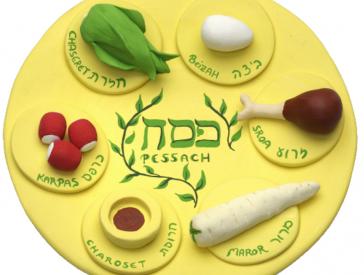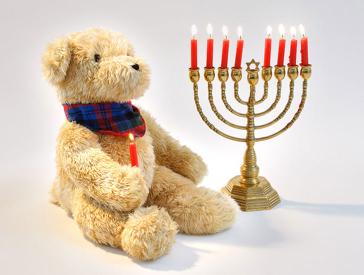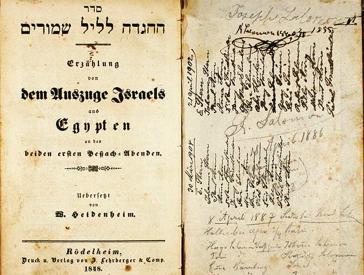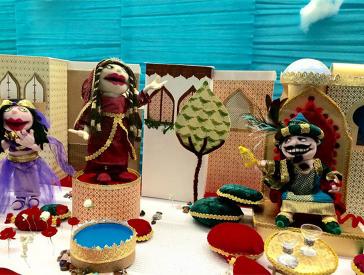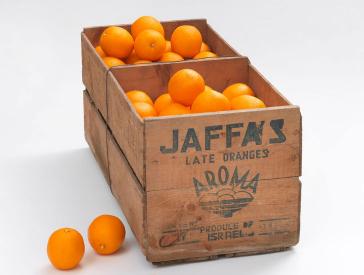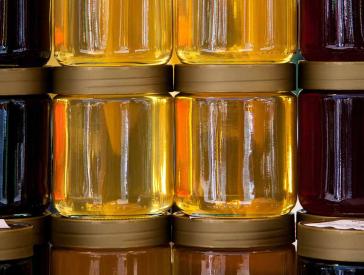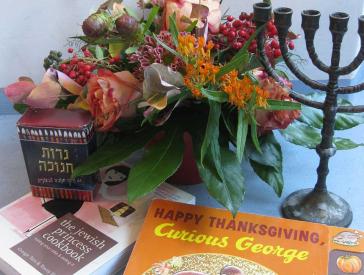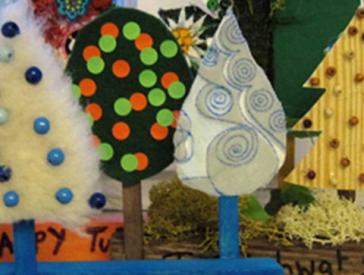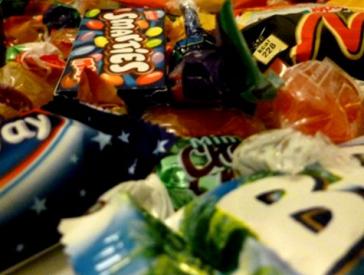Trees, Fruit, and a Breath of New Age
Tu bi-Shevat Traditions in Israel
The significance of holidays isn’t just getting a few days off of work and school. This holds true as much in Israel as elsewhere. Tu bi-Shevat, the “New Year’s Festival of the Trees” fails to meet the admittedly not always religious criterion of holiday. But Israeli children at least have to spend the day in nature, because the custom on Tu bi-Shevat is to make an excursion into the country to plant trees. Most look forward to it; for some, however – and I as a child was included in this latter group – it’s a relief when the cultivation of trees is replaced by some other form of togetherness in the shelter of the classroom.
In fact, in the last fifteen years the tradition of planting that had already been nurtured by the Zionist movement has been increasingly augmented by a new tradition, that of the Tu bi-Shevat seder, whose name alludes to the seder (Hebrew: order) at the beginning of Passover (as I have heard, the Tu bi-Shevat seder is observed meanwhile in Germany as well). Just as on that evening, one also enjoys fellowship at the Tu bi-Shevat seder, eating together, drinking, singing songs, and reading from a text: the Haggadah for Tu bi-Shevat (based on the Haggadah for Passover).
This conferral of the ritualized seder evening onto the New Year’s Festival of the Trees was conceived of already in the 17th century by renowned Kabbalist Isaac Luria. But the Tu bi-Shevat seder first caught on in Israel’s secular circles in the 1950s: the Kibbutzim started to celebrate the New Year’s Festival of the Trees with readings and songs and then in the mid-1990s the Tu bi-Shevat seder truly began to flourish. Proponents of the environmental movement discovered the festival and interpreted it as a day of nature, on which one takes time to think about the relationship of humankind to our environment. For me the combination of Kabbala and the love of nature that comes into play at the Tu bi-Shevat seder always smacked a bit of New Age.
While the seder at the start of Passover is based on handed-down texts, songs, and customs, there’s a lot of improvisation at Tu bi-Shevat. The celebration includes for instance a symbolic representation of the changing of the seasons with four glasses of white and red wine intermingled. (They aren’t especially delicious.) In contrast to the strict protocol of Passover, this mish-mash imparts an amusing ambience on the evening.
The same goes for the texts and music of Tu bi-Shevat: instead of old chorales one sings well-known, modern songs that evoke associations straight from everyday life. Even the food is lighter: on Passover one eats a barely digestible combination of different dishes including meat, eggs, and unleavened bread, whereas at the Tu bi-Shevat seder one consumes fruits and vegetables native to Israel together with dried fruits. The usual raisins, apricots, and figs are joined these days by tropical fruits like pineapple, coconut, and papaya.
And the planting? We see signs of the times there too. An acquaintance of mine from a Kibbutz told me how years ago for Tu bi-Shevat she and her classmates used to grow a “Garden of Peace”: the kids made themselves scarce, and instead the Arab gardener planted all the trees by himself.
Avner Ofrath, Media
Citation recommendation:
Avner Ofrath (2013), Trees, Fruit, and a Breath of New Age. Tu bi-Shevat Traditions in Israel.
URL: www.jmberlin.de/en/node/6211
Holidays: Old Rituals, New Customs (19)



 X
X

 X
X

 X
X




